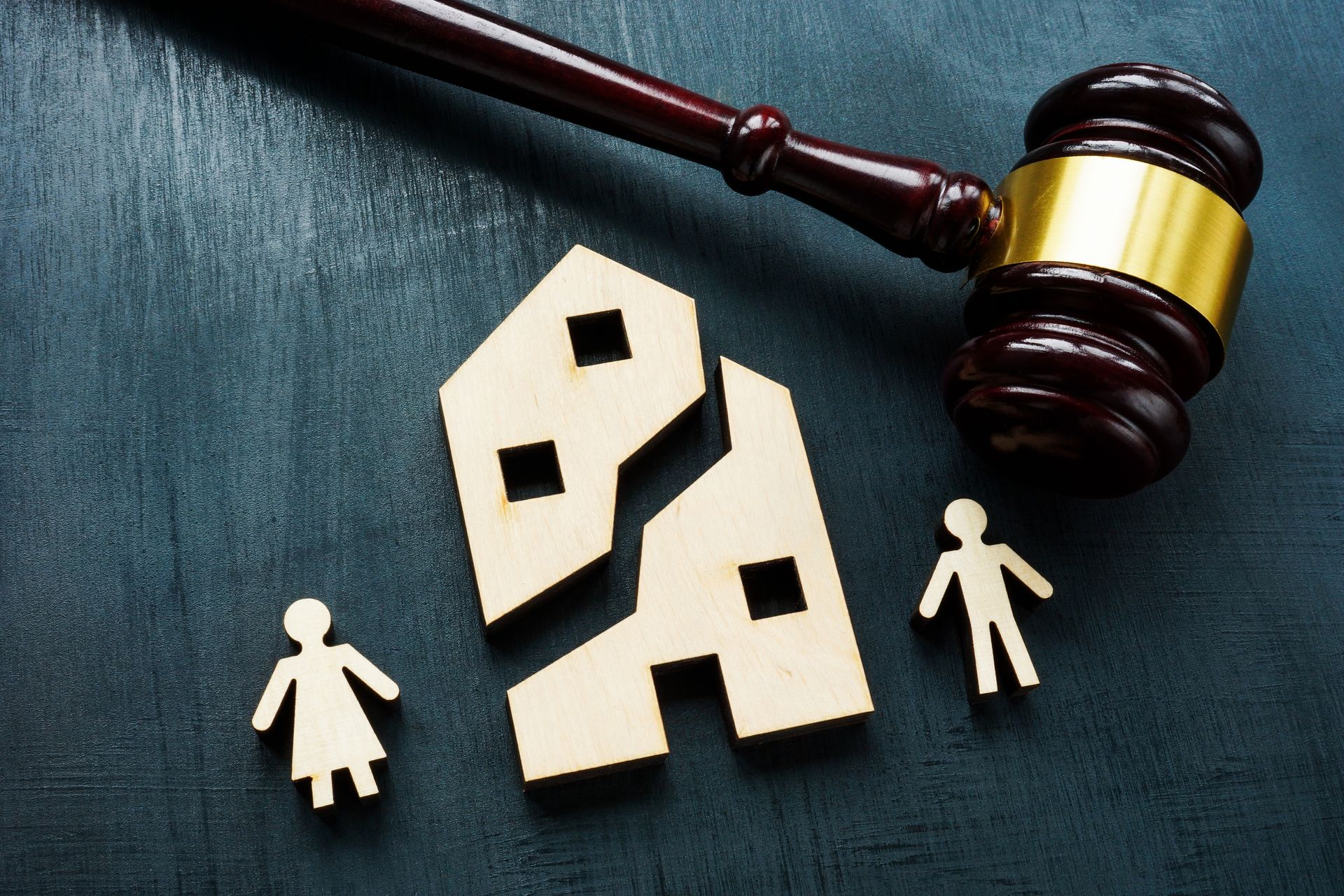What does “comfortable retirement” really mean?
Why it’s different for everyone — and how to plan for yours.
For many Australians approaching retirement, the idea of being "comfortable" in retirement can feel vague, even overwhelming. What does it actually mean to live comfortably? Is it regular dinners out, annual holidays, or simply knowing your bills are paid without stress?
At Ascent Accountants, we work with many government retirees and self-funded individuals who are starting to plan, or are already in retirement. A common challenge is not just figuring out how much money they’ll need — but what kind of lifestyle they truly want. Because at the heart of good retirement planning is one simple truth: there is no one-size-fits-all definition of comfort.
Step 1: Define what “comfortable” means to you.
For some, a comfortable retirement includes travelling, dining out regularly, enjoying hobbies, keeping a well-maintained home and garden, helping kids financially or leaving an inheritance.
For others, comfort might simply mean having enough to pay the bills on time, avoiding financial stress, staying in the family home, or not relying solely on the aged pension.
Start by thinking honestly about your expectations. What expenses are essential to your lifestyle now? How might they change in retirement — will your mortgage be paid off? Will you stop commuting? What extras would make retirement more enjoyable for you?
Step 2: Work backwards to determine what you’ll need.
Once you’ve visualised your ideal lifestyle, it’s time to reverse-engineer a plan to support it. Let’s say you want $80,000 per year in retirement income. You have two broad options:
- Preserve your capital and live off investment income only.
- Draw down your capital over time to supplement your income.
Each strategy will dramatically affect the amount of capital you need.
| Scenario 1: Preserving capital | Scenario 2: Drawing down capital |
|---|---|
| To generate $80,000 a year from investment income, assuming a 5% return in a tax-free super pension, you’d need around $1.6 million in retirement savings. | If you’re comfortable using up your savings gradually over retirement (especially if you may qualify for the aged pension later), you may only need around $1.2 million — or less, depending on your spending and longevity. |
Step 3: Consider your investment strategy.
Your risk tolerance and investment style will also shape how much you need.
- A retiree with a growth-focused portfolio who accepts market ups and downs might need less capital because they’re targeting higher long-term returns.
- Someone with a more conservative, stable portfolio may need more savings to produce the same income, due to lower expected returns.
Using our $80,000 income goal as an example:
- A growth investor might need $1.15 million
- A conservative investor might need $1.6 million or more
There’s no right or wrong here — it’s about finding the balance between your comfort, risk tolerance, and financial security.
Step 4: Tax structure matters!
Two retirees with the same amount of savings can end up with very different incomes, depending on how their money is invested and structured.
A couple with $2 million earning a 5% return could receive $100,000 tax-free if their funds are in superannuation pension phase. But if the same $2 million is held outside of super in one person’s name, about $23,000 may be lost to tax, leaving only $77,000 after-tax income.
If structured through a family trust and income split evenly, the pre-tax income needed to net $100,000 might still be $124,000 or more, depending on marginal tax rates.
The right tax strategy could reduce the capital needed to maintain your lifestyle by 25–35% — that’s a massive difference.
So, how much do you really need?
There’s no universal answer — and anyone who says otherwise is selling a shortcut. The real key is to start with your own lifestyle expectations and personal goals, then build a financial plan that supports them.
Ask yourself:
- What does comfortable mean to me?
- Am I okay with drawing down savings, or do I want to preserve capital?
- What investment approach matches my risk tolerance?
- Am I taking advantage of tax-effective structures like super or trusts?
- What role might the age pension play later in life?
Let’s define your retirement — on your terms.
At Ascent Accountants, we help clients not only understand how much they’ll need to retire, but also create tax-effective strategies to protect their lifestyle. Whether you’re five years out or already retired, it’s never too late to take control of your future.
Reach out to the team at Ascent Accountants for personalised guidance. Let’s define your version of comfortable — and build a strategy to support it.
Need help with your accounting?








